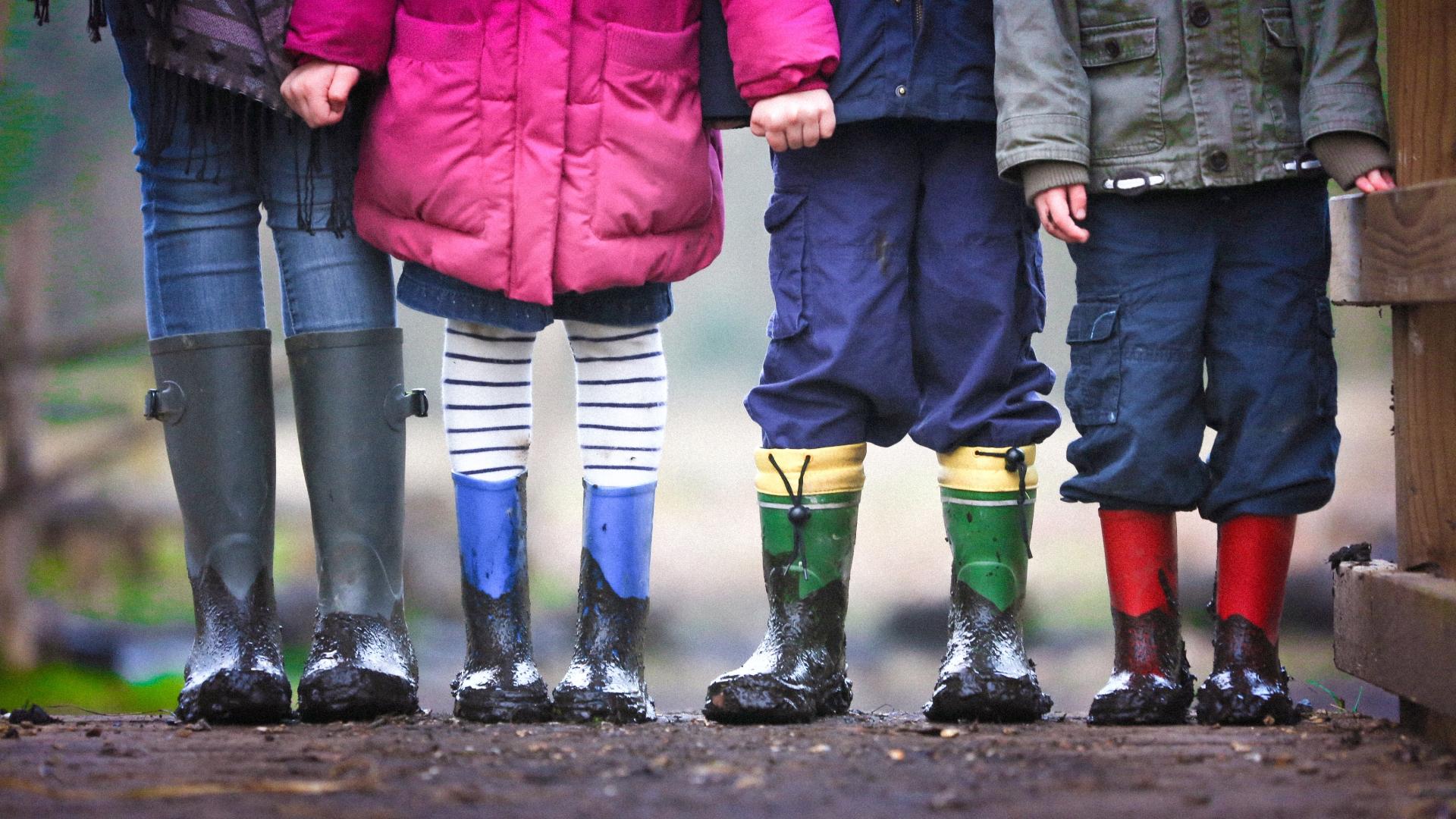Ben Roberts
The UK has seen hard times lately. These trends affect charities across the board: just as a rising tide lifts all ships, a sinking economy drops them. What’s more intriguing are the instances we see of specific causes changing in popularity over a turbulent period such the past few years, or even on a longer scale.
But where has the UK public’s appetite for giving been changing? And what’s behind the long-term decline in popularity for certain causes? This week we’re focussing on a cause that’s seen a significant decline in public favour: children’s charities.
The unique case of children’s charities
Shifts in attention towards a cause are expected over any time period. For instance, public favour for cancer charities dropped significantly during the pandemic as attention turned to other health causes and NHS charities who saw a huge boost over this time period. This change has since levelled, and cancer charities have found themselves as favourable as they were prior to the pandemic. For most causes, consistency is the norm – drastic changes in popularity are really quite rare.
This is why it’s shocking to see the change that the children’s charity sector has undergone. A decade ago, we found that 40% of the public called children and young people a favourite cause to support. Now it’s only 25%, and only time will tell if this figure drops any further.
The effects of this aren’t to be understated. Last week Children England, a collective body for children’s charities, closed after 81 years due to “extraordinarily difficult economic circumstances”. The almost unique case of diminishing attention towards children’s charities almost certainly had its role in the difficulties experienced by Children England, and has likely been felt by a wider number of children’s charities across the sector.
Where has all this attention gone?
We know that children’s charities used to be massively popular, and though they are still a very important cause in the eyes of the public, the figures show that there has been a shift away from prioritising these charities.
One reason for this could be the reframing of issues. For example, only this week a report spearheaded by children’s charities was launched which highlighted the impacts of the lockdown on children. One interesting note is that a lot of the language used highlights mental health – a cause which we’ve seen grow in popularity over the past few years. When the problem is reframed from a young people’s issue to a mental health issue, it’s likely that we see this reflected in public priorities down the line.
Another impactful shift has been in demographics. For many charities, the older generations have formed a core part of their supporter base for the longest time. But, as we explored last week, we often see that the public are most keen to support a cause they have a personal stake in. This is why we see changing family structures play a key role in this narrative. As the population ages, with more individuals finding themselves in the empty-nest phase, the personal connection to children's causes diminishes. Older generations, who once passionately supported initiatives aimed at helping children, are now turning their gaze toward other issues more relevant to themselves and their peers. Gen X and Millennials on the other hand, who have famously waited longer to have children and more often find themselves childless, may be missing the key personal connections that lead them to donate to children’s charities.
How children’s charity brands could make up the difference
In 2019, having already seen this decline in action, we released our report Child’s Play to help children’s charities to counteract the effects of this slump. A lot of our advice contained within still stands: these charity brands need to highlight the specific expertise and purpose of their own brand. The public like specificity, and so long-term, transparent plans and a clear mission statement can help charities to reclaim audiences who might need to know the hows and whys of your operation.
Likewise, increased involvement or commentary across wider campaigns and movements such as the mental health epidemic might help children’s charities to crack younger demographics who prioritise these causes. Seizing the attention of younger audiences can be a long-term investment, but is sure to be a key element in maintaining a dedicated supporter-base.
Lastly, we recommend keeping aware of public trends such as those we’ve highlighted here. Most lasting social changes happen gradually, and so identifying the early stages of these shifts can help your organisation to futureproof your strategy and stay ahead of the curve.
For more information on tracking the popularity of your cause, consider downloading a briefing pack below.

